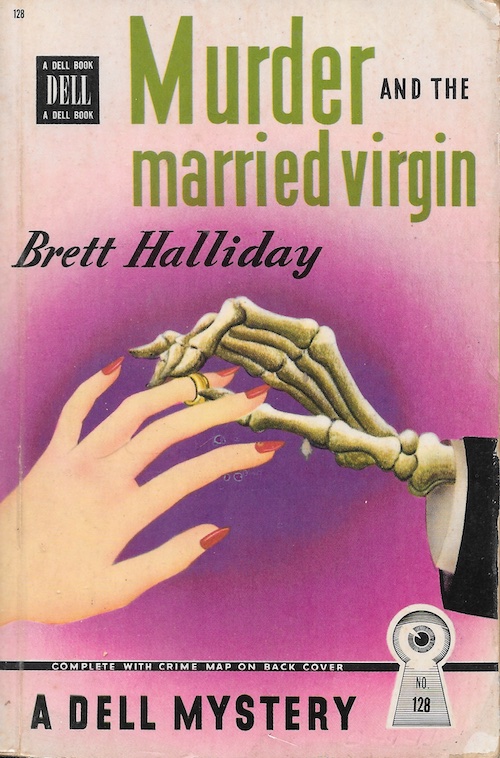
When holiday season rolls around and I finally get some concentrated time off work, I like to splurge a bit and dive into books that I know are likely a guaranteed top read. That typically translates to impossible crime novels by the likes of Locked Room International, Pushkin Vertigo, and Ramble House. Last year, a more modern author made their way into the lineup, with James Scott Byrnside cementing his name as must read material. And this year I take a chance with another contemporary writer, Jim Noy.
The Red Death Murders is Noy’s first novel, although he has past experience in the book industry by graciously bringing forth reprints of once obscure Theodore Roscoe novels, Murder on the Way and I’ll Grind Their Bones (thereby introducing me to one of my favorite Golden Age authors). More importantly, Noy has established himself as a must read reviewer and critic of impossible crimes and fair play mysteries. He’s my favorite writer when it comes to GAD blogging, with an easy style and spot on humor, but does that translate to being able to actually crafty a compelling mystery novel?
Continue reading “The Red Death Murders – Jim Noy (2022)”








